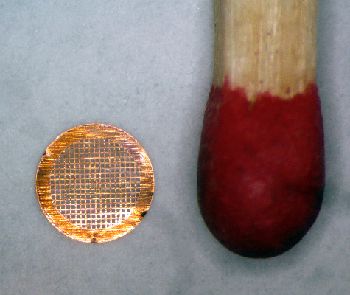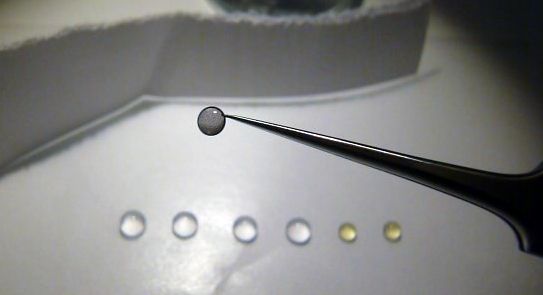This method is routinely used in screening experiments to assess sample quality. It is also used to answer specific questions concerning, e.g., protein-protein interactions and protein assembly; antibodies can be visualized when bound to their antigen.
The sample is embedded in a layer of a heavy metal salt. This scatters a large number of electrons and looks dark on the images.


